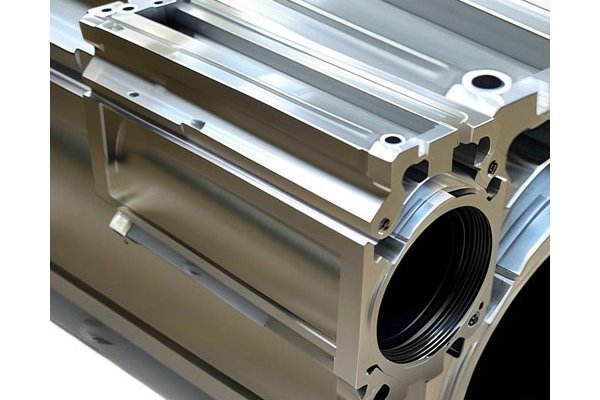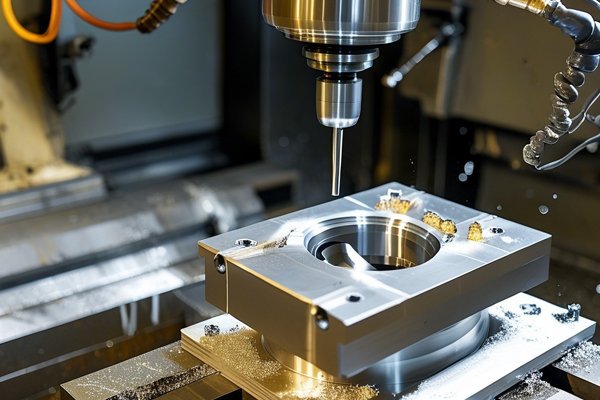Did you know that precision is the key to success in manufacturing? A mere fraction of a millimeter can lead to significant issues in the functioning of mechanical parts. When it comes to CNC (Computer Numerical Control) machining, ensuring the flatness and verticality of components, especially aluminum alloy shells, can dramatically affect product performance and durability. As industries continuously strive for higher efficiency and tighter tolerances, understanding how CNC machining achieves these critical specifications has never been more important.
Understanding CNC Machining
CNC machining is an advanced manufacturing process that utilizes computer-controlled tools to create precise and complex parts. It plays a pivotal role in various industries, including aerospace, automotive, and electronics. This automated approach allows for high-volume production while significantly reducing the risk of human error.
Importance of Flatness and Verticality
In CNC machining, flatness refers to the evenness of a surface. Verticality, on the other hand, measures how perpendicular a feature is to a baseline surface. Both aspects are crucial for several reasons:
Techniques to Ensure Flatness and Verticality in CNC Machining of Aluminum Alloy Shells
The choice of aluminum alloy significantly impacts the overall outcome of CNC machining processes. Common aluminum alloys such as 6061 and 7075 vary in strength, machinability, and thermal expansion properties. Understanding how these properties manifest during machining is key to achieving the desired flatness and verticality.
Solution:
A well-structured machining process helps assure precision. Each stage, from design to final inspection, must work coherently.
Solution:
The choice of tools in CNC machining significantly influences the result. Dull or improperly chosen tools can generate excessive chatter and heat, leading to dimensional inaccuracies.
Solution:
Proper setup and fixturing are fundamental in CNC machining.
Solution:

Thermal management is crucial for maintaining dimensional accuracy. As aluminum heats during machining, it can expand, leading to deviations in flatness and verticality.
Solution:
Cutting speed and feed rate are critical parameters that must be carefully balanced for effective CNC machining.
Solution:
Quality checks must be an integral part of the CNC machining workflow.
Solution:
Advanced Techniques for Enhanced Precision
While the above methods lay the groundwork for producing flat and vertical aluminum alloy shells, there are advanced strategies to enhance machining accuracy further.
CNC compensations can be employed to adjust for any potential errors introduced during the machining process due to tool wear or thermal expansion.
Solution:
Investing in technology for real-time feedback during the machining process can significantly improve results.
Solution:
Achieving optimal flatness and verticality of aluminum alloy shells through CNC machining is a complex yet critical process. By carefully selecting materials, optimizing machining processes, ensuring precise tool management, and investing in advanced measurement technologies, manufacturers can significantly enhance the efficiency and accuracy of their production.
This blog sheds light on vital techniques and considerations, presenting a comprehensive overview for those engaged in CNC machining. Remember, the details matter—precision in machining not only determines immediate product quality but also impacts long-term operational success. By adopting a thoughtful approach to CNC machining of aluminum alloy shells, companies can maintain a competitive edge, enhance their production capabilities, and meet increasingly rigorous industry standards.
Investing in these practices is not merely an operational necessity; it is a commitment to quality, reliability, and technological advancement in manufacturing.






